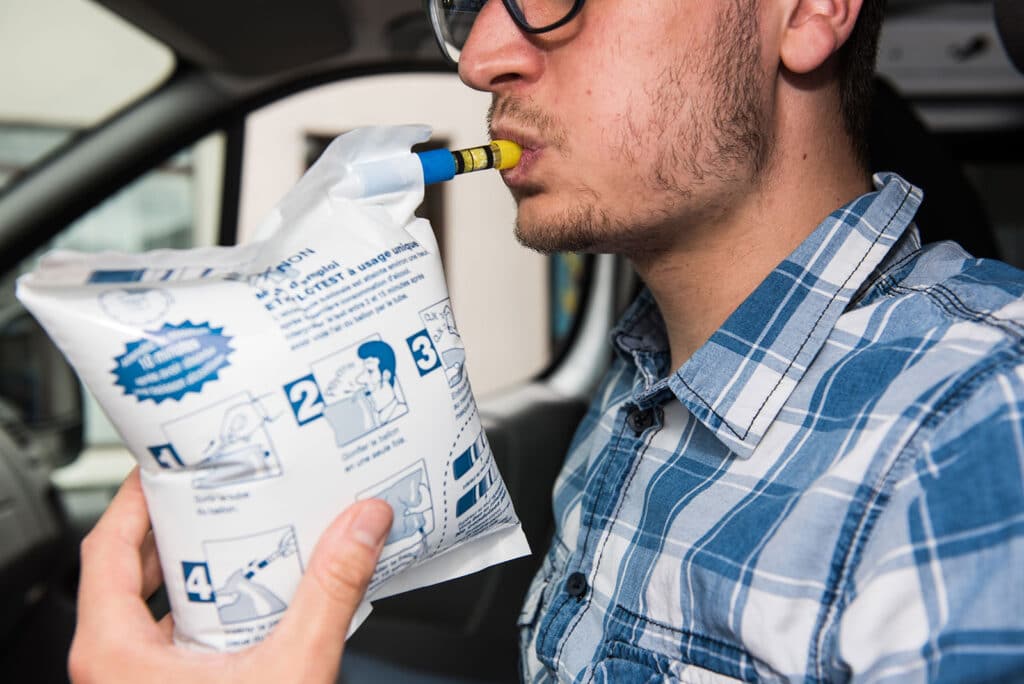Blood Alcohol Concentration (BAC) is a measurement of the amount of alcohol in a person’s bloodstream. It is expressed as a percentage, indicating the grams of alcohol per 100 milliliters of blood. Understanding how to calculate BAC is crucial for anyone who consumes alcohol, as it helps gauge the effects of alcohol on the body and determine if it’s safe to drive or engage in certain activities.
Table of Contents
What is BAC?
BAC is a scientific measurement used to quantify intoxication. The higher the BAC, the more impaired an individual becomes. Legal limits for driving vary by country but are often set around 0.08% BAC. Exceeding these limits can lead to legal consequences and, more importantly, serious health and safety risks.
The BAC Formula
The Widmark Formula is a widely recognized method for calculating BAC. The formula takes into account factors such as the amount of alcohol consumed, body weight, gender, and the time over which alcohol was consumed.
The formula is as follows:
BAC = – 0.015 x HWhere:
- A = Total alcohol consumed in ounces (oz)
- W = Body weight in pounds (lbs)
- r = Alcohol distribution ratio (0.73 for men, 0.66 for women)
- H = Hours since drinking began

Step-by-Step Guide to Calculating BAC
1. Determine the Total Alcohol Consumed (A):
- Calculate the total amount of alcohol consumed in ounces.
- For example, if you drank three 12-ounce beers with a 5% alcohol content, the calculation would be:
(Note: 0.789 is the specific gravity of ethanol, which converts volume to mass).
2. Find Your Body Weight (W):
- Record your body weight in pounds.
3. Use the Alcohol Distribution Ratio (r):
- Use 0.73 for men and 0.66 for women. This accounts for differences in body composition.
4. Calculate BAC Before Metabolism:
- Plug the values into the first part of the formula:
- For instance, if a 150-pound man consumed 1.419 ounces of alcohol:
5. Account for Time (H):
- Alcohol is metabolized over time at a rate of approximately 0.015% BAC per hour. Subtract this value for each hour since you started drinking:
Final BAC = BAC – (0.015 x H)
- If it’s been 2 hours since you started drinking:
Final BAC = 0.066 (0.015 x 2) = 0.036% BAC

Important Considerations
- Individual Variability: Factors such as metabolism, age, and health can affect BAC. The formula provides an estimate but may not be precise for every individual.
- Alcohol Content Variance: Different beverages contain varying amounts of alcohol. Always check the alcohol content of what you’re drinking.
- Legal Limits: In many places, a BAC of 0.08% is the legal driving limit. However, even lower levels of BAC can impair your ability to drive or operate machinery safely.
- Safety First: The best way to avoid impairment is to consume alcohol responsibly and plan for safe transportation if you’re drinking.
Conclusion
Calculating your BAC can be a useful tool for understanding how alcohol affects your body. While the Widmark Formula offers a method for estimating BAC, it’s important to remember that individual factors can influence the results. Always prioritize safety and consider alternatives like designated drivers or rideshare services when consuming alcohol.
FAQ
How do weight and body mass affect Blood Alcohol Content (BAC)?
What are the potential inaccuracies in estimating BAC using a calculator?
Which is more accurate for DUI/DWI: blood tests or breathalyzer?


